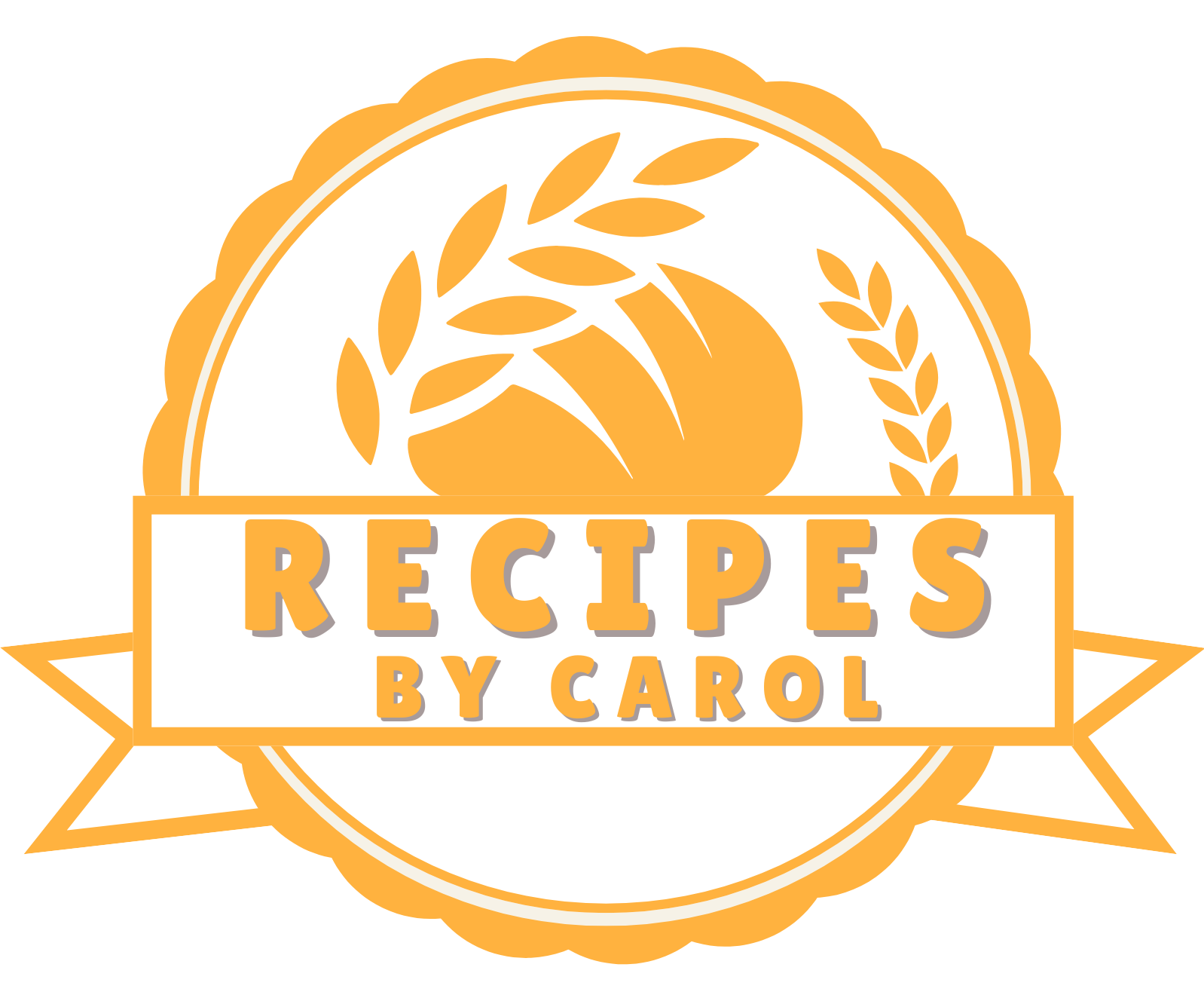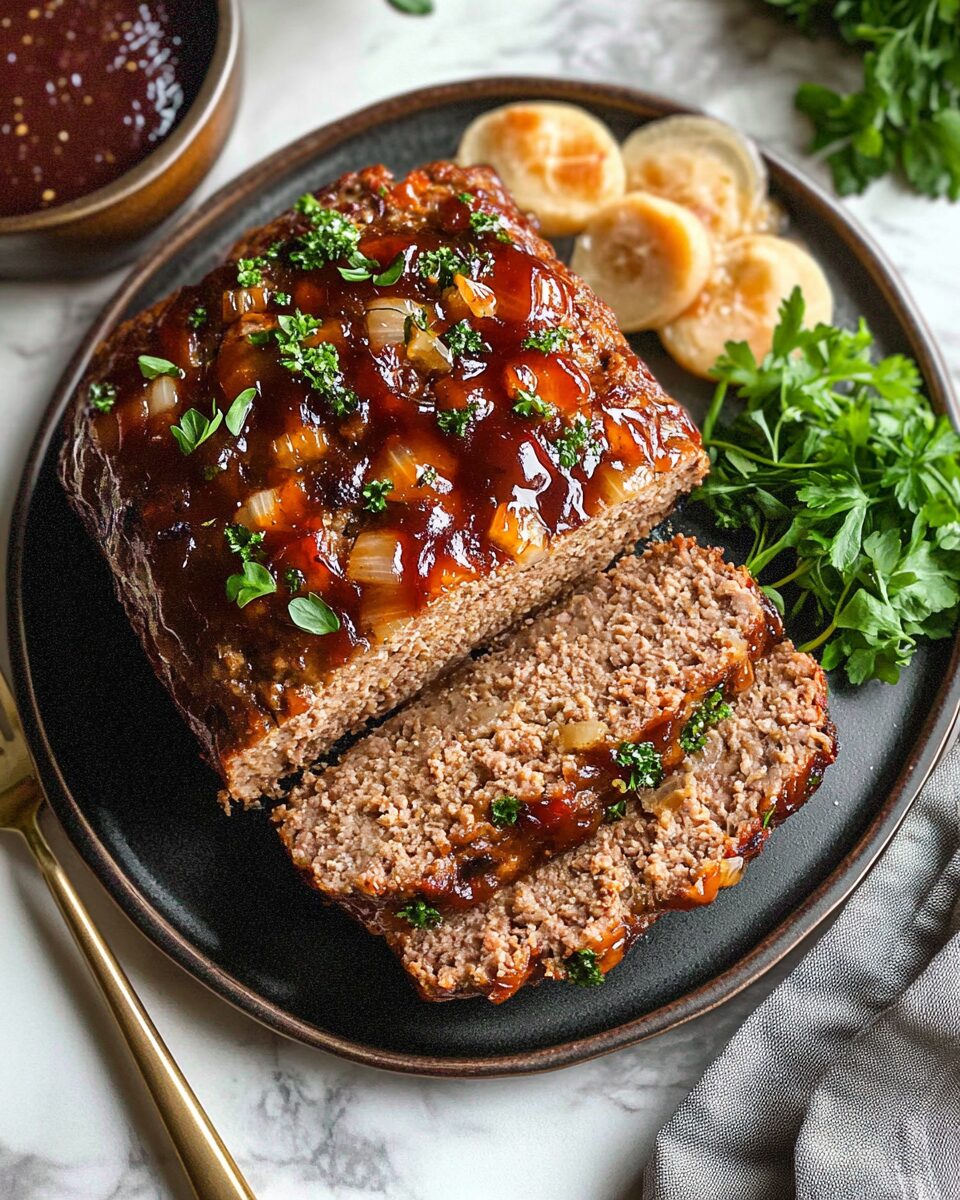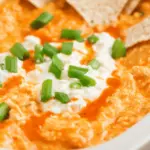Classic Homestyle Meatloaf is the epitome of comfort food, bringing together juicy, tender beef with a rich, tangy ketchup glaze that caramelizes perfectly in the oven. Each slice is moist and flavorful, making it the ideal main dish for a cozy family dinner or a hearty weeknight meal.
This recipe is versatile and forgiving swap out some of the beef for pork or turkey, or even add your favorite herbs for a personalized touch. Served with creamy mashed potatoes or steamed vegetables, this meatloaf is a timeless classic that never goes out of style. Whether you’re meal prepping for the week or hosting a gathering, this homestyle favorite is guaranteed to impress.
Full Recipe:
Ingredients:
- 1 tablespoon butter
- 1 medium onion, chopped
- 2 cloves garlic, minced
- 2 pounds lean ground beef (or half beef, half pork)
- ½ cup milk
- 2 large eggs
- ¾ cup breadcrumbs
- 2 tablespoons ketchup
- 1 ½ teaspoons Italian seasoning
- 1 teaspoon salt
- ½ teaspoon black pepper
- 2 tablespoons chopped fresh parsley (plus more for garnish)
For the Glaze:
- ¾ cup ketchup
- ¼ cup packed brown sugar
- 2 tablespoons apple cider vinegar
Directions:
- Preheat oven to 350°F (175°C).
- In a skillet, melt butter over medium heat. Add chopped onions and cook for 3-4 minutes until softened. Add minced garlic and cook for another 30 seconds. Remove from heat.
- In a large bowl, combine the onion mixture, ground beef, milk, eggs, breadcrumbs, ketchup, Italian seasoning, salt, pepper, and parsley. Mix until well incorporated.
- Transfer the mixture to a loaf pan, pressing it gently until smooth on top.
- Bake for 40 minutes.
- While baking, prepare the glaze by mixing ketchup, brown sugar, and apple cider vinegar in a small bowl.
- Remove the meatloaf from the oven, spread the glaze evenly on top, and bake for another 20-30 minutes, or until an internal temperature of 160°F is reached.
- Let the meatloaf rest for 10 minutes before slicing. Garnish with extra parsley if desired.
Prep Time: 10 minutes | Cooking Time: 1 hour 5 minutes | Total Time: 1 hour 15 minutes
Kcal: 355 kcal | Servings: 8 servings
The humble meatloaf’s journey through time is as rich and layered as the dish itself. Its origins can be traced back to the kitchens of ancient Rome, where cooks would artfully combine minced meat with aromatic spices and day-old bread, creating a hearty dish known as patties. As the centuries unfolded, this practical preparation method spread throughout Europe, with medieval cookbooks featuring elaborate variations that incorporated dried fruits, nuts, and even precious spices a testament to the dish’s versatility and appeal across social classes.
The transformation of meatloaf into its modern American form began with the arrival of German immigrants, particularly the Pennsylvania Dutch settlers, who brought with them the tradition of scrapple a resourceful way of using every part of the butchered animal. By the late 1870s, the first documented American meatloaf recipes emerged, marking the beginning of its evolution into a national comfort food staple.
The Great Depression and World War II further cemented meatloaf’s place in American culinary history. During these challenging times, creative home cooks discovered that adding breadcrumbs, oats, and vegetables could stretch precious meat supplies while maintaining a satisfying meal for their families. This resourcefulness gave birth to countless regional variations, each reflecting local tastes and available ingredients. What began as a practical solution to food scarcity blossomed into a cherished dish that would grace dinner tables across the nation for generations to come.
Cultural Touchstone of Comfort
Few dishes evoke the warmth of home quite like a perfectly baked meatloaf emerging from the oven, its aroma wafting through the house like a gentle embrace from grandmother’s kitchen. This quintessential comfort food has transcended its humble origins to become deeply woven into the fabric of American family life, creating a tapestry of shared memories and cherished traditions that span generations.
In countless American households, meatloaf night became an anticipated weekly ritual, a time when families would gather around the dinner table to share not just a meal, but the stories of their day. The dish has earned its place as a cultural touchstone, appearing in everything from classic TV dinners of the 1950s to modern-day gourmet restaurant menus. Its presence on the table has long signaled care, comfort, and the kind of nurturing that only home cooking can provide.
What makes meatloaf particularly special is its ability to carry family legacies forward. Each family’s recipe tells a unique story grandmother’s secret addition of dried herbs, mom’s special glaze, or dad’s innovative stuffing technique. These personal touches transform a basic recipe into a cherished family heirloom, passed down through dog-eared recipe cards and hands-on kitchen lessons. Even today, as American cuisine continues to evolve and embrace global influences, meatloaf remains a steadfast symbol of home, representing the enduring power of comfort food to connect us to our roots and to each other.
Diverse Variations
The beauty of meatloaf lies in its remarkable adaptability, with variations as diverse as the families who prepare it. While traditional beef-based recipes hold a special place in culinary history, modern interpretations have expanded the horizons of this beloved dish to accommodate changing tastes and dietary preferences.
Health-conscious cooks often turn to turkey or chicken meatloaf, creating lighter versions that maintain the comfort-food appeal while reducing saturated fat content. These poultry-based variations often incorporate fresh herbs, aromatic vegetables, and creative seasonings to enhance their natural flavors. Some innovative cooks even blend ground turkey with mushrooms or zucchini to achieve the moisture and texture traditionally provided by fattier meats.
The rise of plant-based eating has spawned entirely new categories of meatless loaves that celebrate the versatility of vegetables and legumes. Lentil loaves, rich in protein and fiber, have become particularly popular, often featuring a medley of carrots, onions, and nuts for texture. Creative combinations of mushrooms, quinoa, and black beans yield satisfying results that appeal to both vegetarians and meat eaters alike.
Regional influences have also shaped countless variations across the country. In the Southwest, meatloaf might feature chorizo and poblano peppers, while New England versions often incorporate seafood stuffing or cranberry glazes. Italian-American households might fold in pancetta and Parmesan, while Asian-fusion interpretations incorporate elements like ginger, soy sauce, and water chestnuts. These cultural adaptations showcase how meatloaf serves as a canvas for culinary creativity, allowing cooks to honor their heritage while creating something uniquely their own.
Mastering the Art of Meatloaf
Creating the perfect meatloaf is a delicate balance of science and artistry, where success lies in understanding the subtle interplay of ingredients and technique. The foundation begins with meat selection seasoned cooks often opt for a blend of ground meats, typically combining beef with a proportion of pork or veal. The ideal beef should have a fat content of around 80/20, providing enough richness to keep the finished dish moist while preventing it from becoming overly greasy.
The magic of a perfectly textured meatloaf often lies in its binding elements. Traditional wisdom calls for soaking breadcrumbs in milk, creating a panade that helps retain moisture and ensures tenderness. This time-honored technique prevents the dreaded dense or tough texture that can plague lesser versions. Equally important is the gentle handling of the mixture overmixing can lead to a compact, heavy result, while a light touch preserves the desired tender consistency.
Temperature control plays a crucial role in achieving meatloaf perfection. Many experienced cooks have abandoned the conventional loaf pan in favor of free-form shaping on a sheet pan, allowing for better heat circulation and the development of an appealing caramelized crust. This method prevents the steam-trapped environment of a loaf pan, which can sometimes result in a soggy bottom. The ideal internal temperature should reach 160°F (71°C), ensuring food safety while maintaining juiciness.
Aromatics and vegetables contribute both flavor and moisture, but proper preparation is key. Sautéing onions, celery, and garlic before adding them to the mixture releases their natural sugars and eliminates excess moisture that could make the loaf wet. This extra step, though often overlooked, creates layers of flavor that elevate a good meatloaf to greatness.
Serving and Pairing Delights
The art of serving meatloaf extends far beyond the traditional slice on a plate, offering endless possibilities for creative presentation and thoughtful pairing. While classic accompaniments like cloud-like mashed potatoes and tender green beans remain beloved standards, innovative serving suggestions can transform this humble dish into a sophisticated dining experience.
For a comforting winter meal, consider serving meatloaf alongside roasted root vegetables, their natural sweetness enhanced by caramelization, creating a beautiful harmony of flavors and textures. A bright, citrusy arugula salad can provide a refreshing contrast to the richness of the meat, while honey-glazed carrots offer a sweet counterpoint to savory notes.
The versatility of meatloaf truly shines in its second-day preparations. Thin slices, gently reheated, make extraordinary sandwiches when paired with artisanal breads, sharp cheddar, and caramelized onions. Some creative cooks cube leftover meatloaf for hearty breakfast hash, topped with a perfectly poached egg, or crumble it into a robust pasta sauce. The possibilities extend to gourmet preparations, where slices can be pan-seared until crispy and served atop creamy polenta with a red wine reduction sauce, elevating this comfort food classic to dinner-party worthy status.
Nutritional Insights
Modern interpretations of meatloaf can offer a wealth of nutritional benefits while maintaining its beloved comfort-food status. Traditional recipes, when thoughtfully prepared, provide substantial protein for muscle maintenance and essential nutrients like iron, zinc, and B vitamins crucial for overall health. The incorporation of vegetables not only enhances flavor but also introduces vital fiber, vitamins, and antioxidants to the dish.
For those mindful of their dietary choices, meatloaf can be easily adapted to align with various nutritional goals. Switching to lean ground meats or incorporating turkey can significantly reduce saturated fat content while maintaining protein levels. The addition of finely diced mushrooms, a technique known as blending, naturally reduces the meat portion while adding umami flavor and beneficial compounds. Whole grain breadcrumbs or oats as binders contribute complex carbohydrates and additional fiber, making the dish more satisfying and nutritionally complete.
Perhaps most remarkably, meatloaf’s versatility allows for the inclusion of nutrient-dense ingredients that might otherwise be challenging to incorporate into daily meals. Grated carrots, spinach, and bell peppers can be seamlessly integrated, creating a more balanced meal that appeals to both adults and children. This adaptability makes meatloaf an excellent vehicle for delivering wholesome nutrition while preserving the comforting experience that has made it a timeless favorite.






